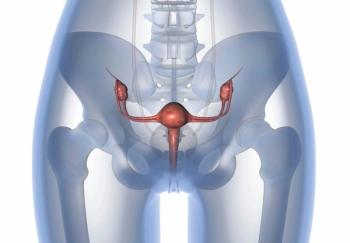
Oncology NEWS Today Blog
- Oncology NEWS Today Blog Vol 18 No 9
- Volume 18
- Issue 9
EphA2-targeted therapy strikes directly at cells of ovarian cancer
M.D. Anderson Cancer Center scientists have targeted a protein that is overexpressed in ovarian cancer cells and used it as a molecular homing mechanism to deliver chemotherapy in preclinical models. The protein, EphA2, is attractive for molecularly targeted therapy because its overexpression is associated with poor prognosis, according to Anil K. Sood, MD, and colleagues.
M.D. Anderson Cancer Center scientists have targeted a protein that is overexpressed in ovarian cancer cells and used it as a molecular homing mechanism to deliver chemotherapy in preclinical models. The protein, EphA2, is attractive for molecularly targeted therapy because its overexpression is associated with poor prognosis, according to Anil K. Sood, MD, and colleagues.
The Houston-based researchers used a carrier system to deliver an anti-EphA2 monoclonal antibody linked to monomethyl auristatin phenylalanine (MMAF). The immunoconjugate was highly specific in delivering MMAF to the tumor cells that expressed EphA2 while showing minimal uptake in cells that did not express the protein. In the models, the therapy inhibited tumor growth in treated mice by 85%-98% compared with control mice (J Natl Cancer Inst online, July 29, 2009).
Articles in this issue
about 16 years ago
Inflammation linked to fatigue after radiotherapyNewsletter
Stay up to date on recent advances in the multidisciplinary approach to cancer.



















































































